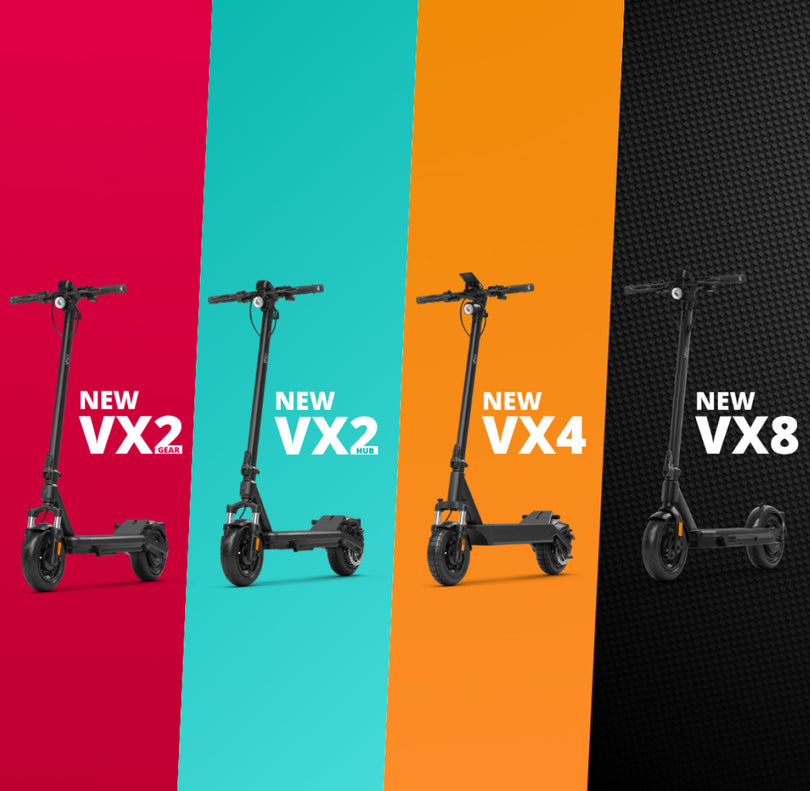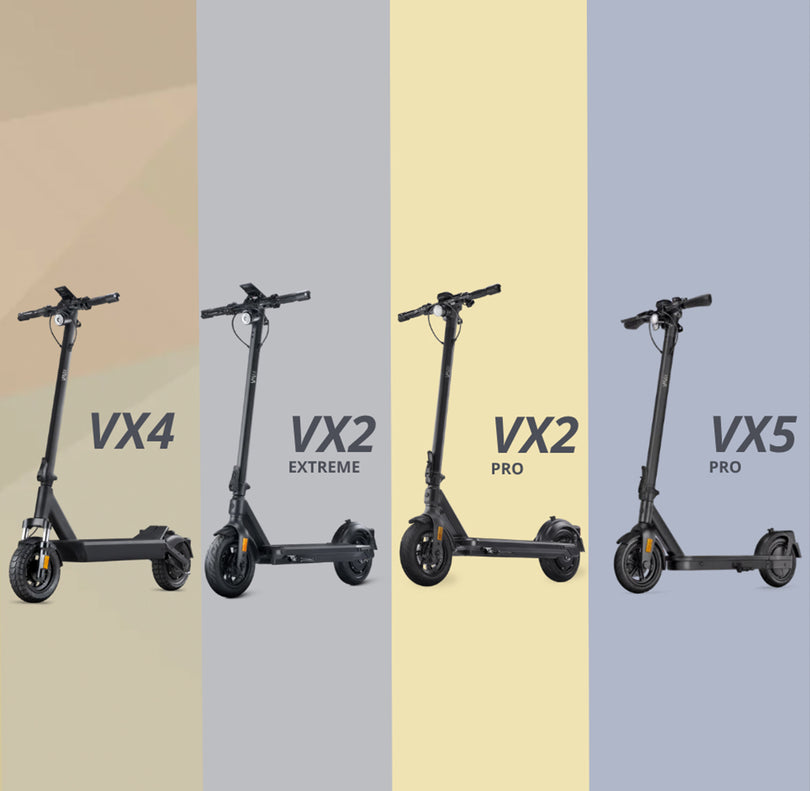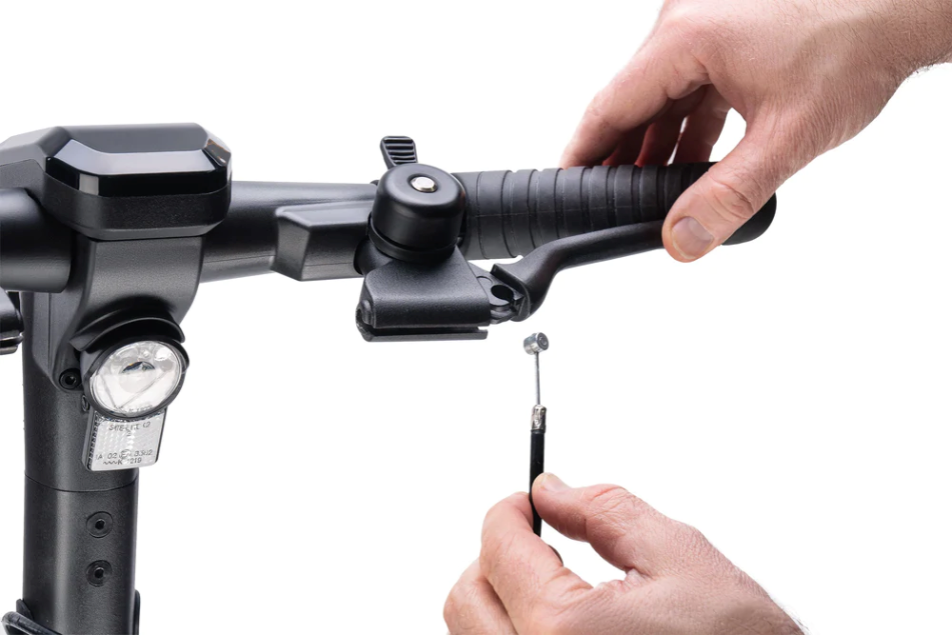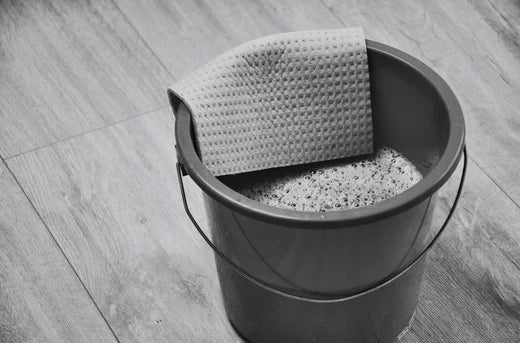The cold season is here in many parts of the United States. What does this mean for you and your e-scooter?
In principle, it's possible to continue riding your e-scooter in winter. However, there are several important points to consider to ensure you can enjoy your VMAX for as long as possible.
What should you pay attention to?
Always ensure that your VMAX is not exposed to sub-zero temperatures for extended periods. These temperatures can permanently damage the battery and motor.
- Do not charge your VMAX when it's cold.
- Try to avoid mud and snow as much as possible. These can get lodged in the tires and cause damage to the e-scooter.
- Also, bear in mind that lower temperatures can lead to higher energy demands, which may reduce the range compared to, for example, summer.
- Finally, always pay attention to the road and try to avoid slippery sections.
5 Winter Safety Tips
Since days are generally shorter in winter, good lighting is essential. Ensure that your VMAX's front and rear lights are working perfectly. Reflectors and bright, high-visibility clothing increase your visibility in traffic and minimize the risk of accidents.
Ensure that your VMAX is in perfect condition before hitting the road. Regularly check brakes, tires, lights, and battery level. Cold can affect battery performance, so make sure it's sufficiently charged before you set off.
To reduce battery strain, do not charge it while it's cold. After a winter ride, let the scooter stand in the warm for at least half an hour before you connect the charger. This can extend the life of your battery.
Proper tires are especially important in winter. Ensure that your e-scooter's tires have enough tread to grip on slippery roads.
Especially in the colder months, roads can quickly become slick and slippery. Therefore, brake gently and evenly to prevent the wheels from locking up and sliding.
Do E-Scooters Wear out Faster in Winter?
No, e-scooters do not necessarily wear out faster in winter. In fact, there are some reasons why they might even wear out less under certain conditions in winter.
In the winter months, there's often less dust and dirt on the roads, as rain and snow keep the surfaces cleaner. Less dirt means less wear on the wheels and the drive system.
While cold in winter can be a challenge for the battery, the temperatures are usually not as extreme as the heat in summer (riding in the Death Valley, CA in mid July is probably too much for most scooters). High temperatures can put more strain on the battery and other electronic components.
However, it's important to note that salt and dirt on the roads, used for snow and ice melting, can still affect the e-scooter and its components. Therefore, it's advisable to regularly clean your VMAX and check for possible damage to ensure it's working properly.
Hibernating your VMAX?
Would you prefer to send your VMAX into its well-deserved hibernation? No problem. We'll explain the best steps to store your e-scooter.
- Charge the battery to about 60% before storage.
- Repeat this process during storage and when not in use at least every four weeks.
- Protect your VMAX from dust and other external influences by storing it, for example, in its original packaging.
- Place it in a covered and dry location.
- Exposure to cold can lead to damage to the battery and motor!
Make sure to also check out this blog post >>> .
Our Conclusion
Winter brings several considerations when it comes to using your VMAX safely and reliably. The good news is that e-scooters do not necessarily wear out faster in winter. In fact, there are some reasons why they might even experience less wear during this season.
It's important to follow some basic rules to extend the lifespan of your e-scooter in winter. Avoid sub-zero temperatures, protect your VMAX from mud and snow, ensure it's sufficiently charged, and pay attention to road conditions. In addition, good lighting and taking care of your e-scooter are crucial to being safe and worry-free riding.
If you prefer to put your VMAX into hibernation, follow the recommended storage steps >>> to protect the battery and motor. This way, you can ensure that your VMAX is ready for riding next season.





